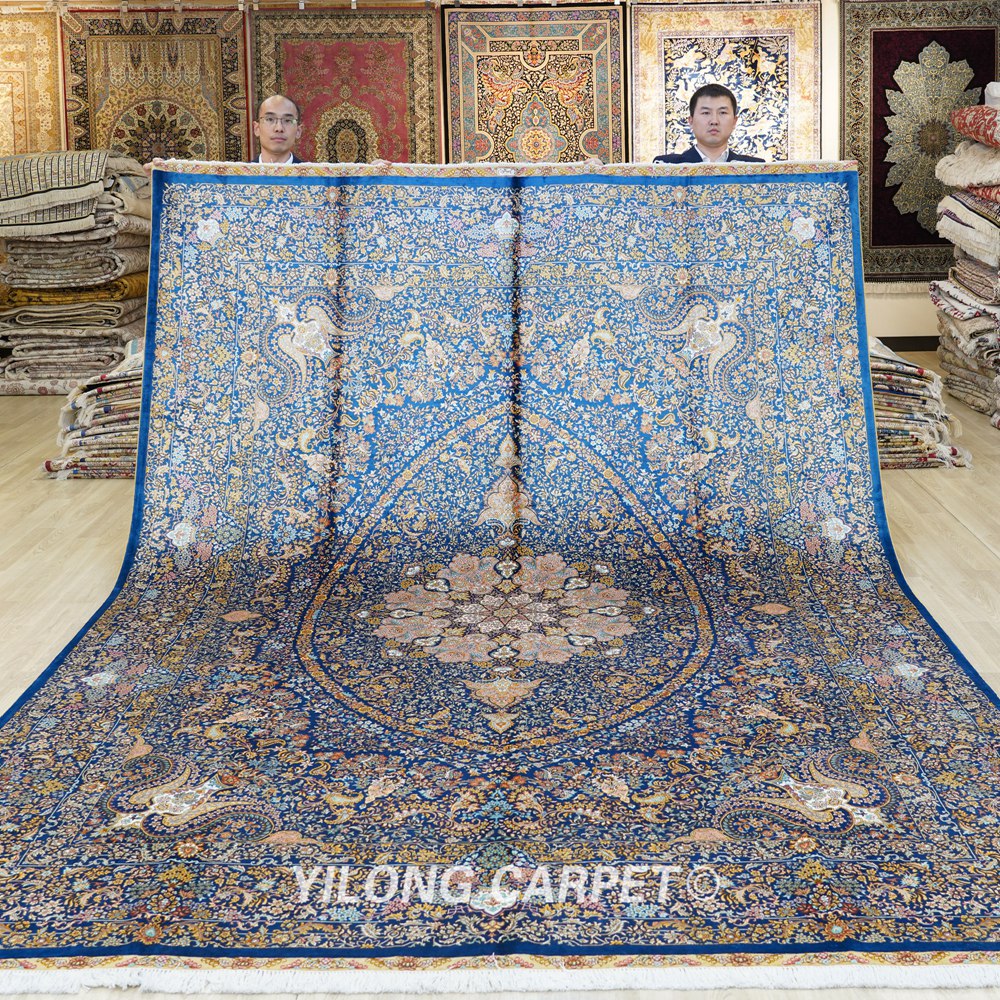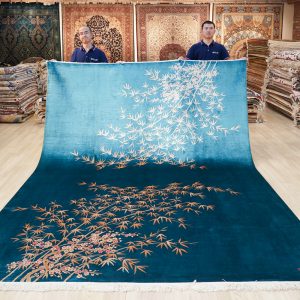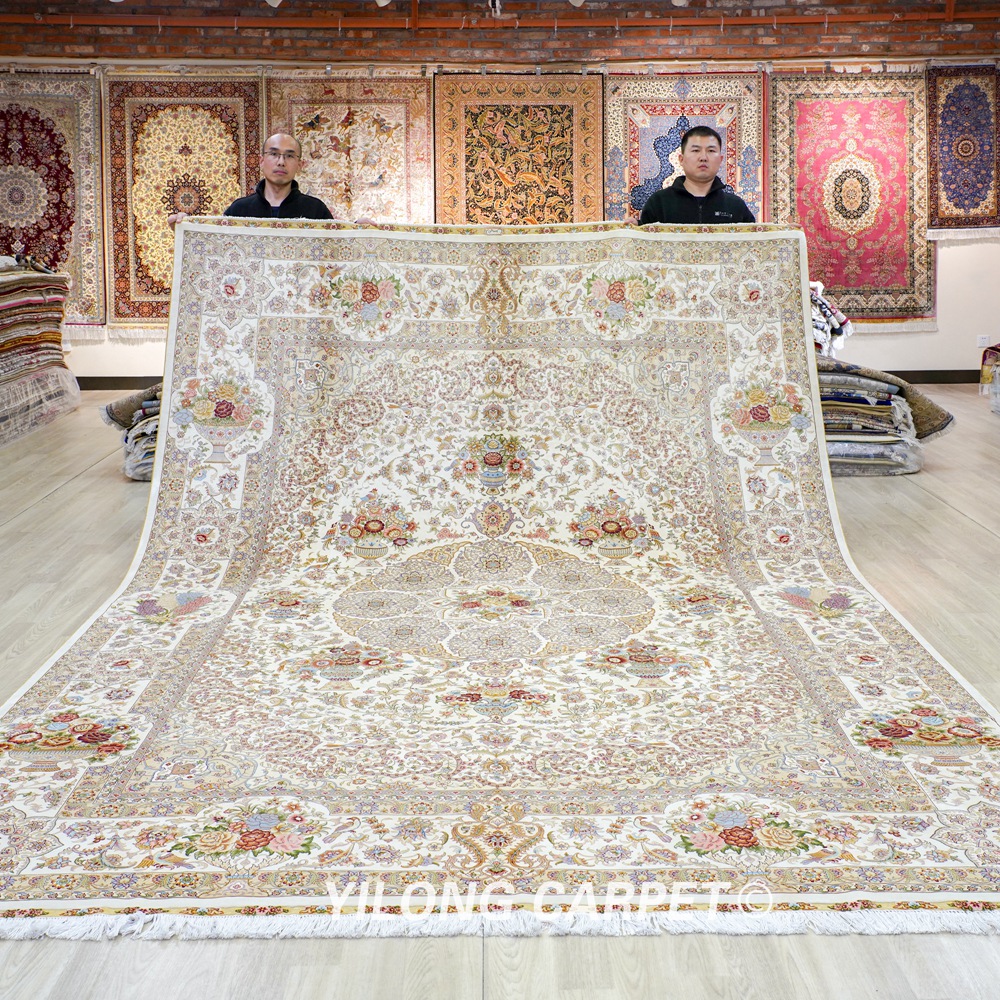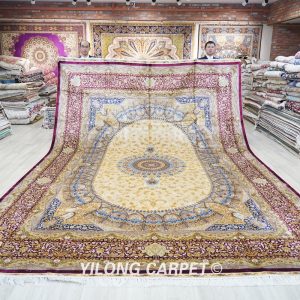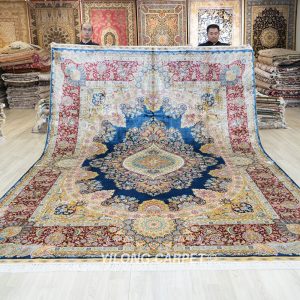Today we are going to pack a batch of handmade silk carpets and send them to Japan. This customer is a colleague who opened a handmade carpet store in Japan. He has a very unique vision and the patterns he selected are very good. Without further ado, let’s take a look at the styles of these handmade silk carpets.
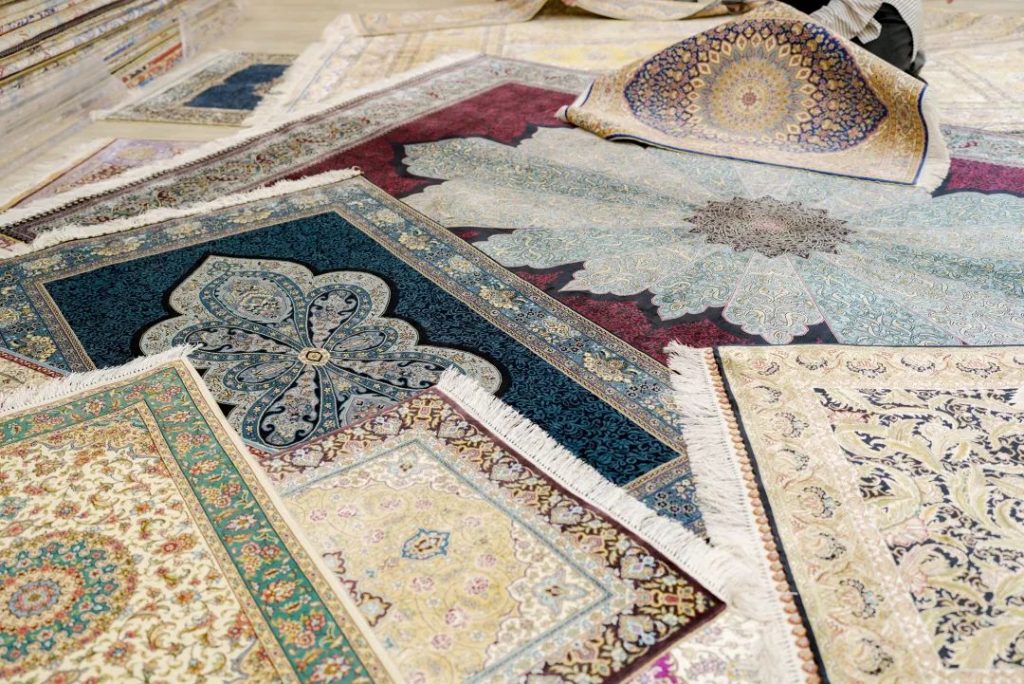

Speaking of Japan can be regarded as one of the few big consumers of handmade carpets in Asia. Especially 20 or 30 years ago, Japanese customers at that time bought hundreds of pieces of handmade carpets every time, and their purchasing power was not inferior to Europe and the United States. Although the consumption power has declined due to economic stagnation in recent years, the total demand is still strong.


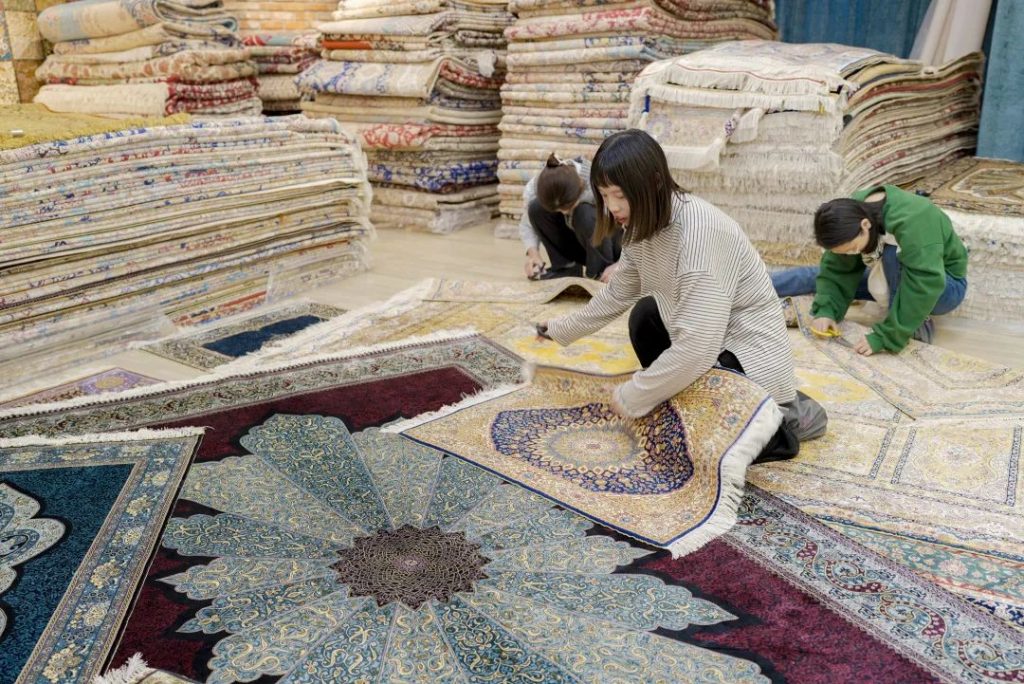
The batch of handmade silk carpets packed this time was sent to Tokyo, Japan. The customer is a Turkish who has opened a handmade carpet store in Japan for many years. He also opened stores in Tsunashima and Osaka other than Tokyo. Order a batch of silk rugs from us every once in a while. After writing this, some friends may ask: Why is it that every time you deliver goods, the customers are either Iranians or Turks?
In fact, this is not an accidental phenomenon, but because Iran and Turkey are world-famous old-fashioned handmade carpet producers, and the handmade carpet industry in these two countries is also the earliest to develop. The shrewd carpet merchants in Turkey and Turkey have sold their products all over the world, quickly completed the early primitive accumulation, and established their deep-rooted industry position early. Most of them are family-run, often passed down from generation to generation in the way of "children inheriting the father's business", and the business is stable and long-term.
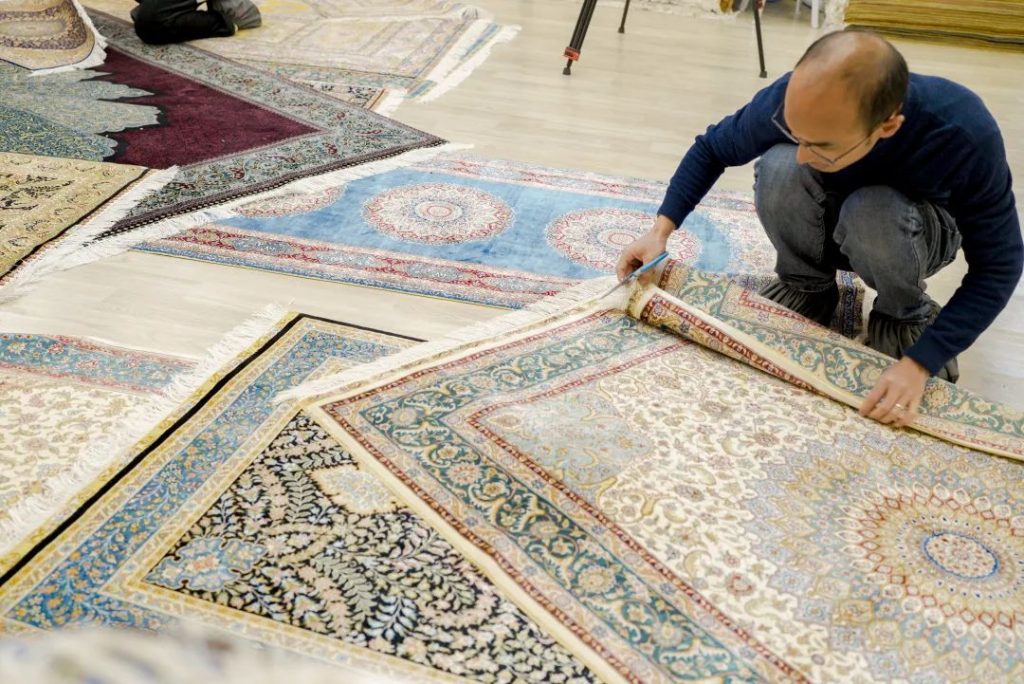
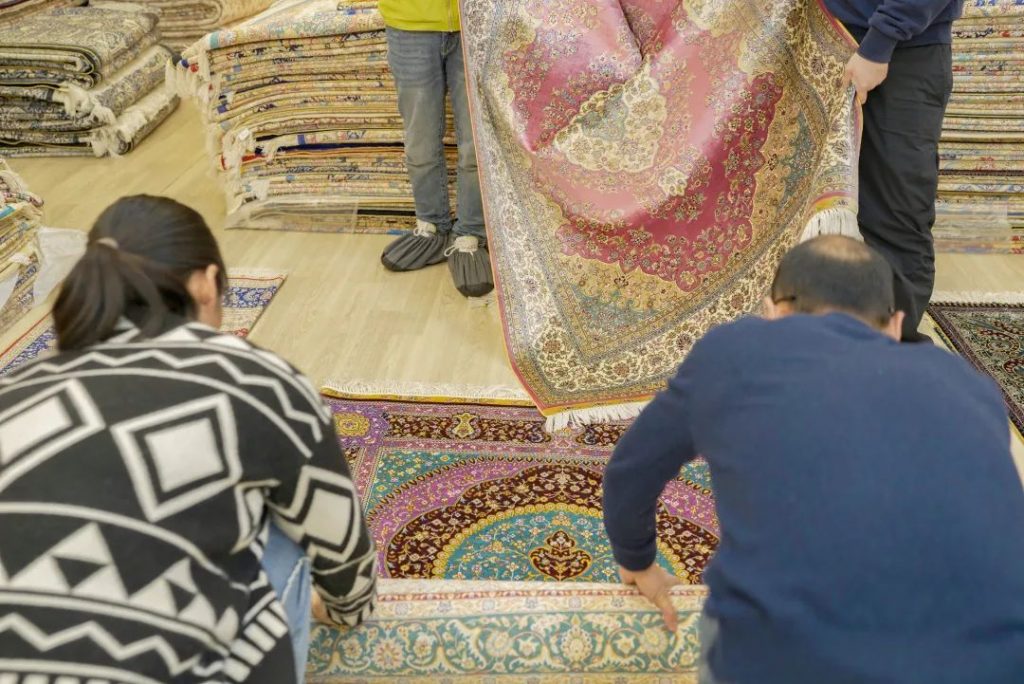

For example, the customer we shipped to this time has been in the handmade carpet business in Japan for many years. But what is different from the past is that the handmade carpets sold in his store are not only locally produced carpets in Turkey but also handmade carpets from China, Afghanistan, India, Pakistan, and other countries.
In addition to the place of origin, the craftsmanship of handmade carpets is also changing quietly: For example, in the past, most of the handmade carpets sold from China to Japan were 120-line (a term in the handmade carpet industry, which can be understood as density) and made of piece cutting technology; But now what we send over there is mainly 230 handmade silk carpets.
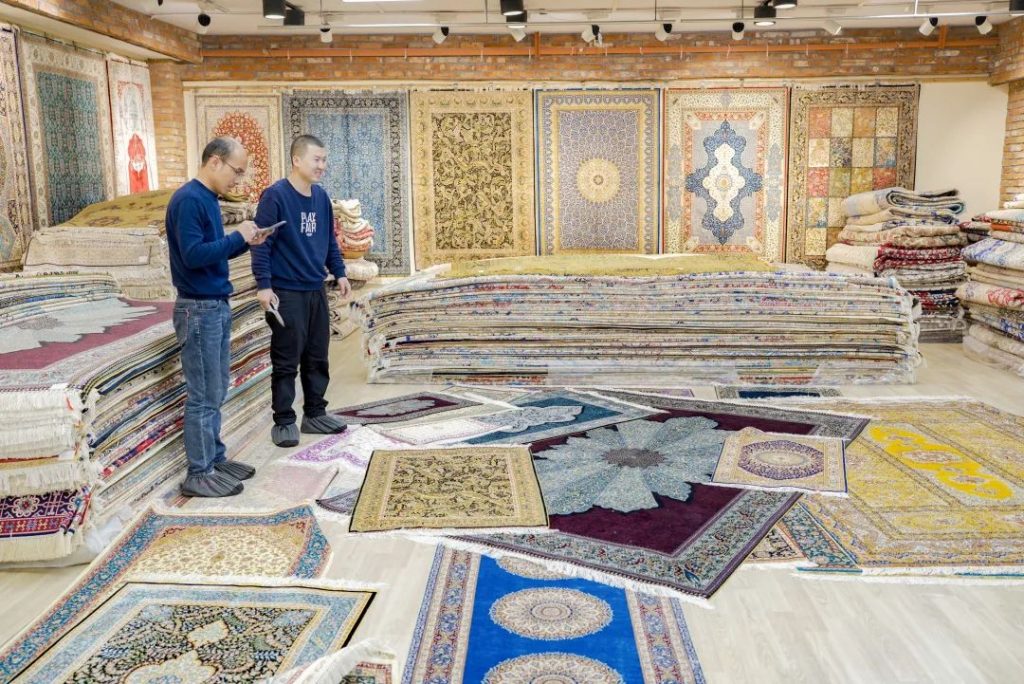
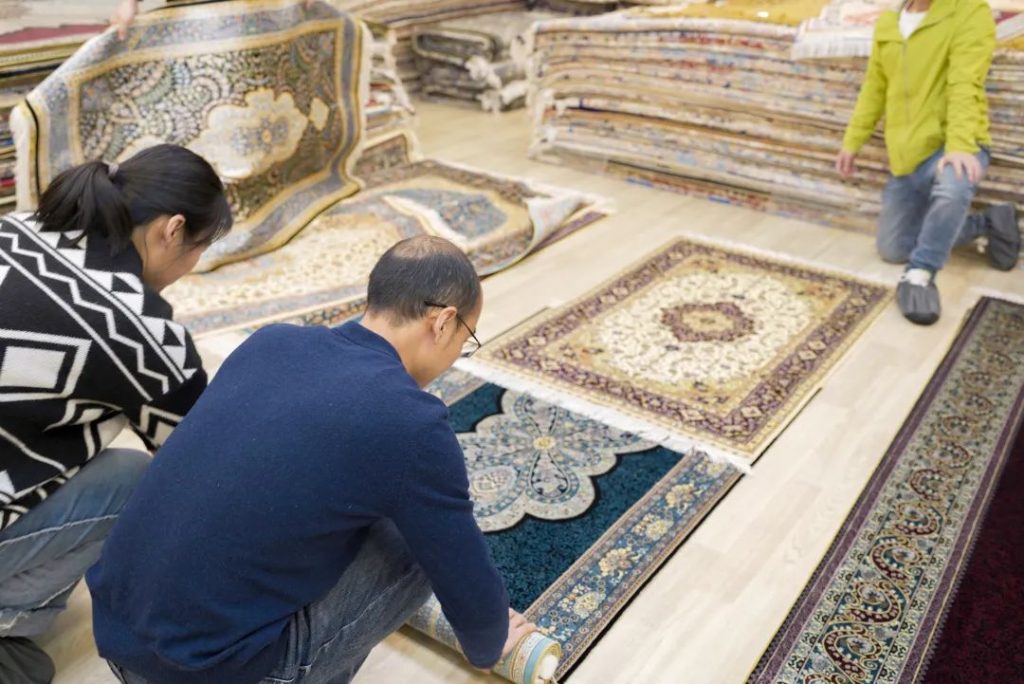
Although the handmade carpet industry is an inconspicuous small category among thousands of industries, some interesting social phenomena can often be seen through it: Correspondingly, the carpets they need are mainly small and medium-sized;
As Turkey is a tourist country, most of the buyers of handmade carpets are foreign tourists. In order to facilitate tourists to carry, local carpet dealers also need small-sized carpets. However, the rich and powerful United States is different, because there are many rich people in the country. Most of the residences are single-family villas, so our large-sized handmade carpets are basically sent there; other wealthy oil-producing countries, including Saudi Arabia and the United Arab Emirates, mostly want large-sized silk carpets.

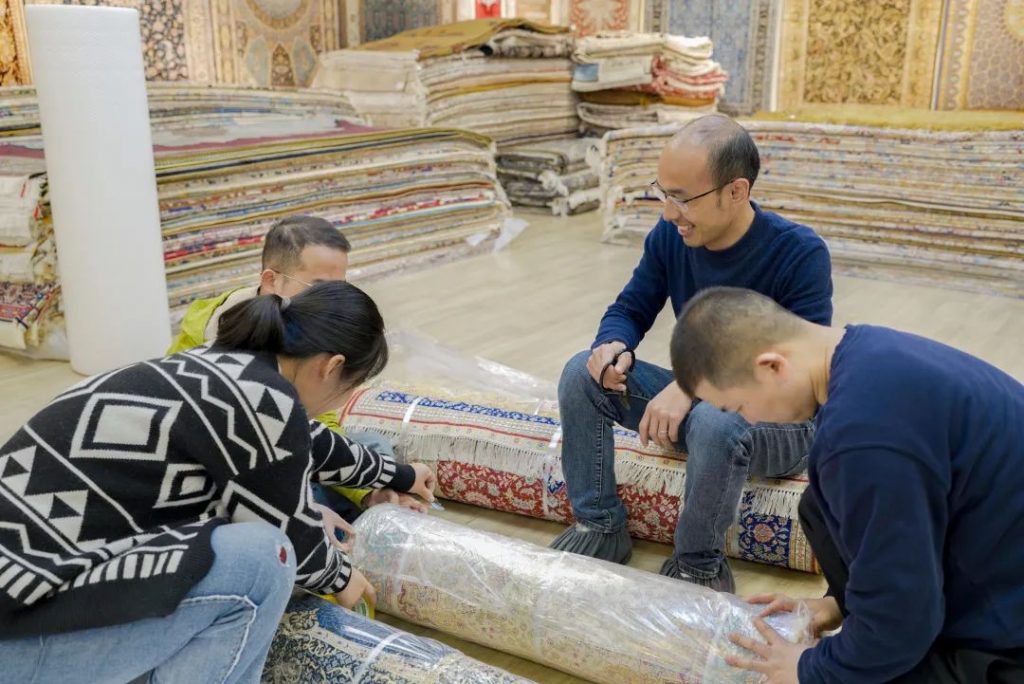
The batch of handmade silk rugs that we packaged and delivered today will soon arrive in Tokyo. Although it is not yet known who will end up with these exquisite floor textiles, we still wish them a happy use of the rugs in advance.

